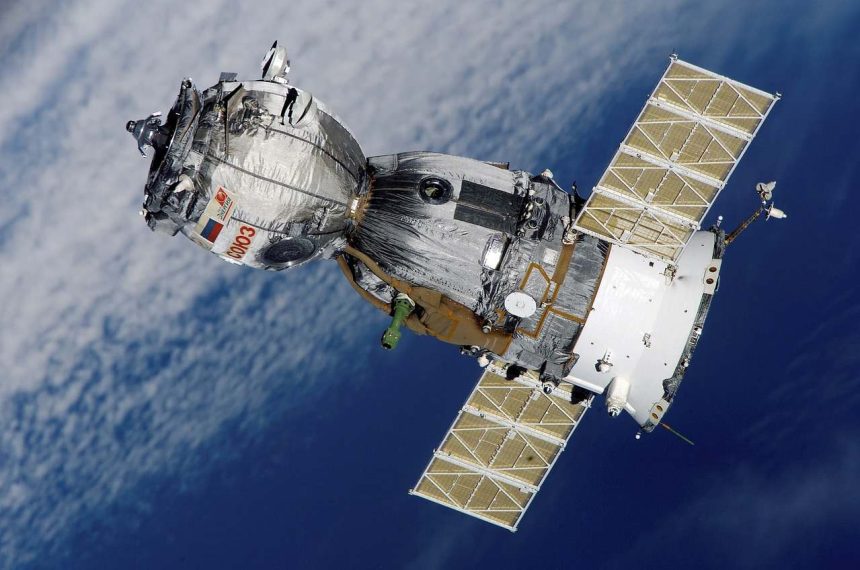The small celestial bodies that orbit planets are known as satellites. A well-known example is our Moon, which orbits the Earth. With the advancement of technology, humans have developed the capability to create artificial satellites and launch them into space. These man-made satellites mimic the behavior of natural satellites by orbiting planets, though they are typically much smaller in size.
The Birth of Artificial Satellites: Sputnik-1 and Beyond
The journey of artificial satellites began on October 4, 1957, when the former Soviet Union (USSR) launched the first-ever artificial satellite, Sputnik-1, into space. The word “Sputnik” translates to “companion of travel” in Russian. Sputnik-1 was a spherical satellite with a radius of 58 cm and weighed 83 kg. It completed an orbit around the Earth in just 96 minutes. This historic event marked the beginning of the space age.
The Evolution of Space Exploration
Just a month after the launch of Sputnik-1, the Soviet Union achieved another milestone by sending Sputnik-2 into space on November 3, 1957. This satellite was significantly larger, weighing 500 kg, and carried a dog named Laika, the first warm-blooded creature to enter space. Laika’s journey proved that living beings could survive the harsh environment of space, paving the way for human space travel.
In 1961, Soviet astronaut Yuri Gagarin made history as the first human to orbit the Earth in the Vostok-1 spacecraft. This remarkable achievement opened the door to manned space missions and set the stage for future explorations.
America’s Entry into the Space Race
The United States entered the space race with the launch of its first satellite, Explorer-1, on January 31, 1958. Explorer-1 was relatively small, weighing just 14 kg, but it marked America’s commitment to exploring space. In 1962, John Glenn became the first American astronaut to orbit the Earth in the spacecraft Friendship-7. The following year, Valentina Tereshkova of the Soviet Union became the first woman to travel to space aboard Vostok 6.
The Role of Artificial Satellites in Modern Times
Artificial satellites play a crucial role in various fields today. They are integral to TV and radio telecommunications, weather forecasting, geographical surveys, international communication, national security, espionage, and space exploration. These satellites also gather vital information on agriculture, oceanography, and distant celestial bodies. Some satellites are designed for multiple purposes, enabling them to perform several functions simultaneously; these are known as multi-purpose satellites.
the development and deployment of artificial satellites have revolutionized our understanding of the universe and continue to serve as essential tools in modern technology and science.




